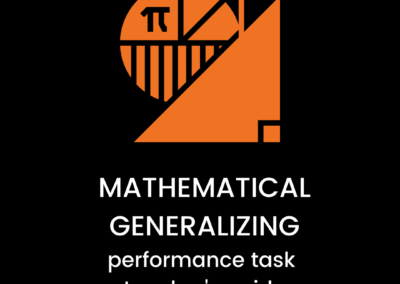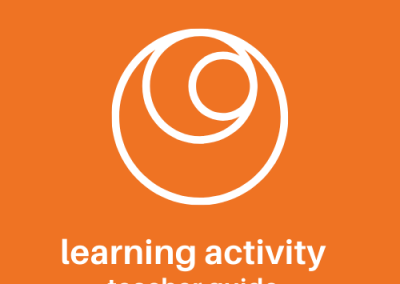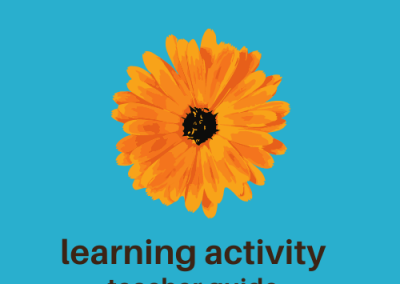Responsibility Pie Charts
Preparation
Select a text or historic event. It is important to select materials that have a strong ending. Works such as Night or Romeo and Juliet and events like the Vietnam War or the fall of communism work best because they have a strong ending that can be traced back to the actions of multiple characters or participants. Create groups of three or four students.
Activity Steps
1
Introduce Responsibility Pie Charts.
Values are assigned to action in many different ways. In some states a value is assigned in car accidents: what percentage of the accident was the fault of each car. Actuaries assign value based on risk for insurance and financial markets. In this activity we are going to assign values to characters based on how much responsibility they share in the final outcome.
2
Model responsibility percentages.
Model for students how to assign responsibility values. For example, you could model assigning responsibility after a natural disaster like Hurricane Katrina. Who shares responsibility? Think aloud about the different characters (e.g., Mother Nature, Army Corps of Engineers for designing the levees, or weather forecasters). Elicit responses from students to assign percentages. · Who do you think shares the most responsibility? Why? · What percentage of responsibility should be assigned to each participant?
3
It is essential to model not just assigning numbers but the thinking behind the numbers. Have students think about why they assigned more responsibility to one than the other.
4
Brainstorm character list.
In pre-assigned groups of three or four, students will brainstorm a list of all of the characters or participants that impacted the outcome. In a play like Romeo and Juliet this list would include the Montagues, the Capulets, the Friar, and others. If creating a responsibility chart on the Vietnam War it might include President Johnson, a variety of anti-war protest groups, the news media, or even musicians.
4
Assign responsibility percentages.
Have students create a three-column chart. On the far left side they will write the names of each of the characters or participants that share some of the responsibility. The middle column will be for the percentage value. The far right column will be for the reasoning. For example, using the Hurricane Katrina model, “Mother Nature” would be in the left column, “60%” in the middle column, and then a description of the reasoning for that value in the right column — “Mother Nature is 60% responsible because…” The reasoning column should include evidence from the text.
4
Model pie chart.
Once each group has assigned their responsibility values it is time to create the actual pie chart. This can be done on paper with markers and rulers or by using a computer-based program. Your model here will depend on the tool you use. For example, a computer-based pie chart may require a review of how to create a spreadsheet and pie chart in Excel.
4
Create pie chart.
Each group creates their responsibility pie chart.
4
Conduct presentation mini-lesson.
Review the format for the presentations with students. Each group will present and defend their chart to the class. The audience (the other groups) will have an opportunity to ask the presenters questions about their responsibility chart. This is a chance to review good presentation skills and respectful questioning.

























